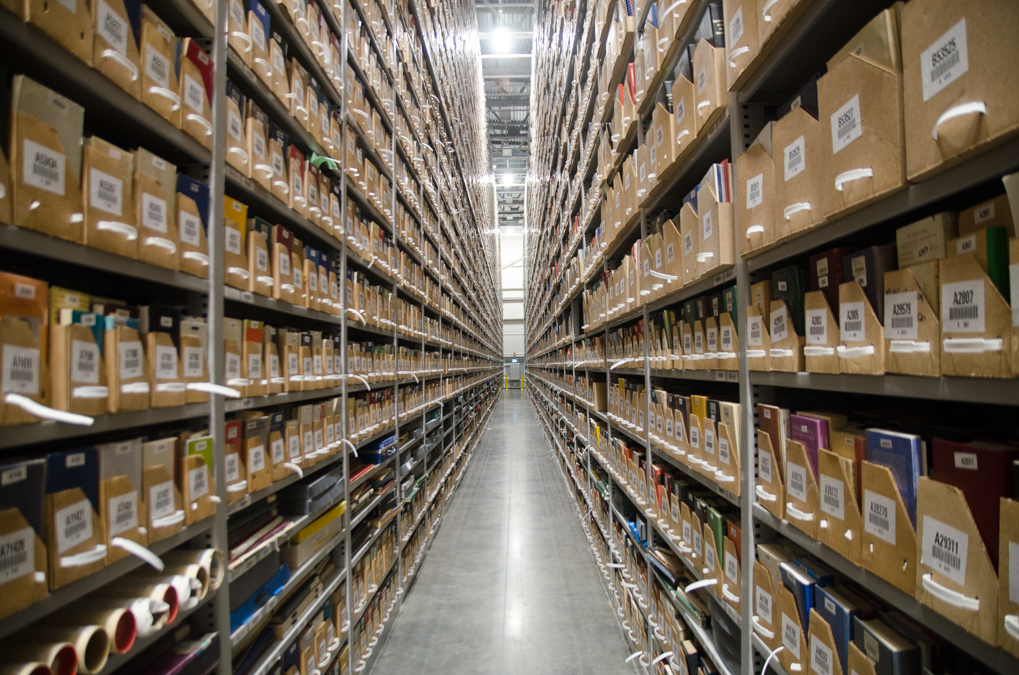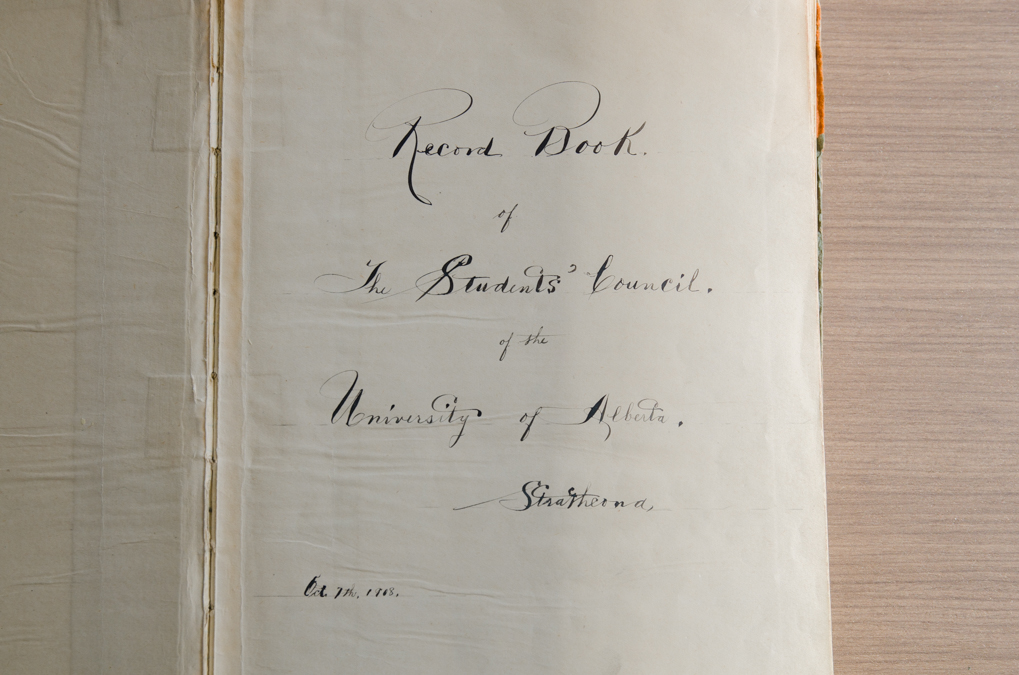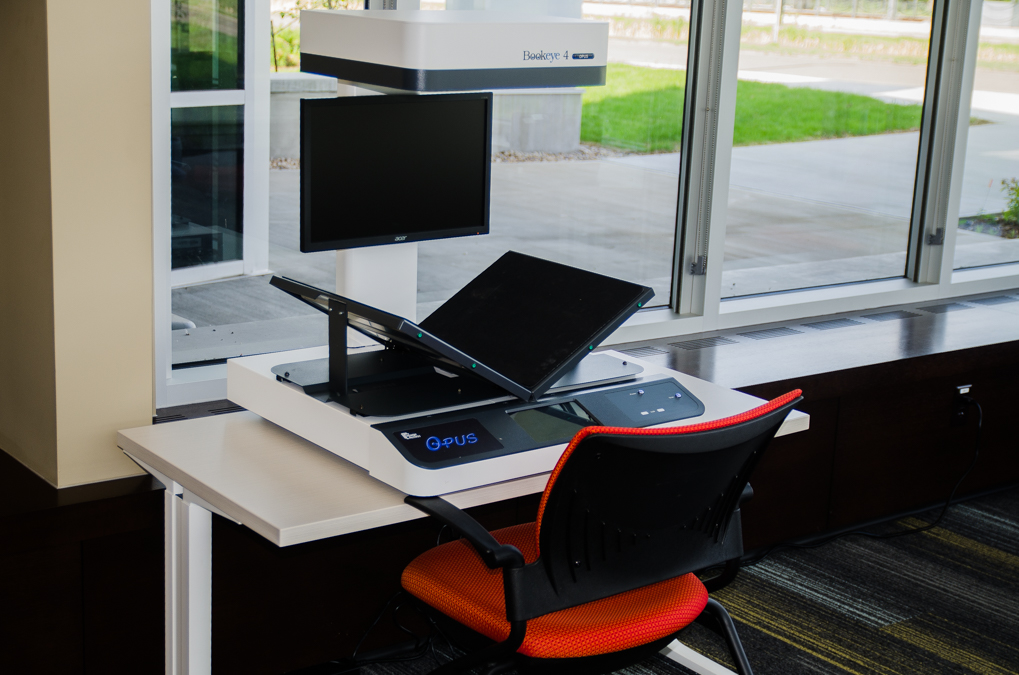New U of A archives facility opens at South Campus
Get an inside look, up close and personal
 Richard Bagan
Richard Baganhttps://www.facebook.com/TheGatewayOnline/videos/10155970959197672/
The recently opened Research and Collections Resource Facility (RCRF) at South Campus is a 42,000 square-meter building that houses millions of university records dating back to the opening of the U of A in 1908.
Over 30,000 boxes of U of A historical books, papers, films, photographs, drawings, and maps previously stored in the off-campus Books and Record Depository (BARD), has now been relocated to the new facility. Officially open since May 31, the $21-million facility provides access to millions of scholarly items for use by researchers, students, and the public.
The facility can house over six million volumes of material, almost twice as much as the previous depository. Sandra Shores, a senior IT and facilities officer for the U of A libraries said the extra storage space will accommodate over 20 years’ worth of expansion.

“We are a big university from a Canadian perspective, and one of our jobs as a big university with a big research library is to preserve content,” Shores said.
Construction began in April 2016 when the previous facility had reached its storage capacity. For two years, Shore said the team was unable to move any material out of the on-campus libraries.
“We just couldn’t move any more material out, and we were still acquiring new print material,” Shores said. “The campus libraries keep getting fuller, fuller, and fuller.”
With the newly constructed RCRF, Shores said the team aims to move a million volumes of material out of North Campus and Campus Saint-Jean libraries to create more study and teaching spaces, as well as room for computers.
“The library for us is a place where students can come for many hours and feel safe,” Shores said. “It should be a pleasant home away from home.”
Preserving historical materials at the RCRF
The RCRF contains over 4,000 square-meters of temperature, humidity, and UV-protected high-density storage space. The main archival unit has 30-f00t high wall-to-wall shelving and currently stores over 3.1 million volumes of library books and 30,000 boxes of archival material.
Contents include a copy of The Gateway’s inaugural paper from 1910 and a hand-written record book from the Students’ Council launch in 1908.

Temperature sensitive films, tapes, and photo negatives are stored in a separate cold room maintained at five degrees for long-term preservation.
The RCRF also boasts several other features including a digitizing center, where archivists are working to convert print documents into digital PDF copies, allowing student and staff to access archived material online. The group is currently working on a thesis digitization project to make thousands of U of A theses dating back to 1908 available for researchers.
However, due to a phenomenon called “bit rot,” digital media is much more vulnerable to decay than print. Data stored in binary can be corrupted over time when single bits spontaneously change from one to zero, or vice versa.
To protect against “bit rot,” Shores said digital media is stored as nine separate copies, with programs checking regularly for consistency between each copy in a process called “bit checking.” When a copy experiences “bit rot,” the change is rapidly detected and corrected to match its unaffected sister copies.
The RCRF also contains a quarantine facility for isolating booklice infested materials prior to processing and a walk-in freezer for the freeze-drying of water damaged books.
“Those are all features we didn’t have at the old facility,” Shores said. “This is definitely a big upgrade for us.”
Archived material open to the public
While library books can be lent out, no archival material can leave the facility. Researchers can make appointments to view archived material in the RCRF’s brightly-lit reading room and professors can host small lectures and field trips in a spacious classroom situated just next door.

Appointments for the RCRF reading spaces and classrooms can be made through [email protected] and requests for archived materials can be made online.
“If you collect these original unique things, it’s your job to preserve it,” Shores said. “We’re really grateful the university recognizes that need, and we’re very grateful that this building is part of campus.”




